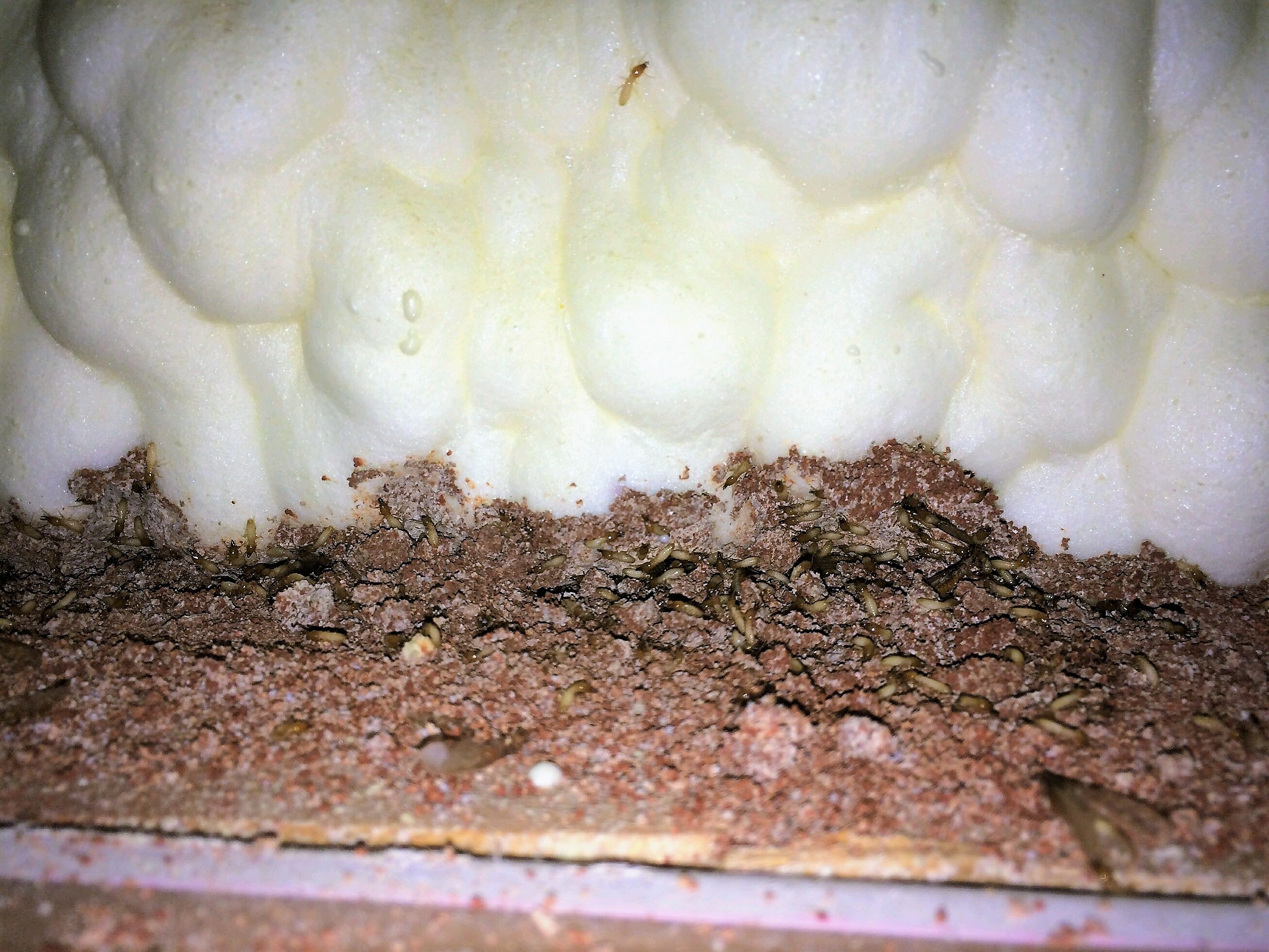Get a free estimate
If you have questions about our services, plans and pricing or just want to say hello, we are here for you. Fill out the form below and we will communicate with you by email (and of course provide you with a free estimate).
JANUARY 28 2020 / PEST AND TERMITE
As temperatures begin to drop, you are probably wondering how to best insulate your home. Before jumping in, consider these factors below.
Heat naturally flows from warm to cool until an equilibrium is reached. This heat transfer is why hard-earned, bought air escapes in the winter and summer. Insulation is the barrier between cool air and warm air. Better home insulation means less heat transfer and lower energy use. Insulation Ratings and material.
Determining the R-value assigned to your region is the first step in deciding what insulation medium your home needs. Once R-value is determined, you must identify areas of your home that need new or additional insulation. These two steps will guide your choice of material; contact a licensed, professional insulation installer for expert advice. Each type of insulation has its pros and cons.
Blanket insulation is the most common type. It is typically made of fiberglass, but can also be made from natural wool, cotton or plastic fibers. The pro: it is easy to install almost anywhere in your home. The con: to achieve the right amount of insulation it can become very thick, so you’ll need plenty of room.
Loose-fill and blown-in insulation is a popular environmentally friendly option. The pro: it is composed of recycled materials. The con: it can become susceptible to mold if exposed to moisture for extended periods.
Spray foam insulation is a popular new product. The pro: it can be applied almost anywhere in a home and is a great insulator and air sealant. The con: Unlike other forms of insulation, spray foam is not easily removed for visual termite inspections. Termites can go undetected behind the insulation and may only be detected after the extensive structural damage has been done by the termites. It requires expert removal of the foam to assess the extent of the damage. This process can quickly become a very expensive problem. It may also void certain home termite warranties.
Before making changes or adding spray foam insulation to your home, contact your termite service provider to ensure your home termite warranty is not impacted.
The photos below indicate where termites have broken through the foam insulation, helping us identify the location of their carton nest behind the foam insulation. Had they not come through in this area we would not have been able to identify the location of the termites.

